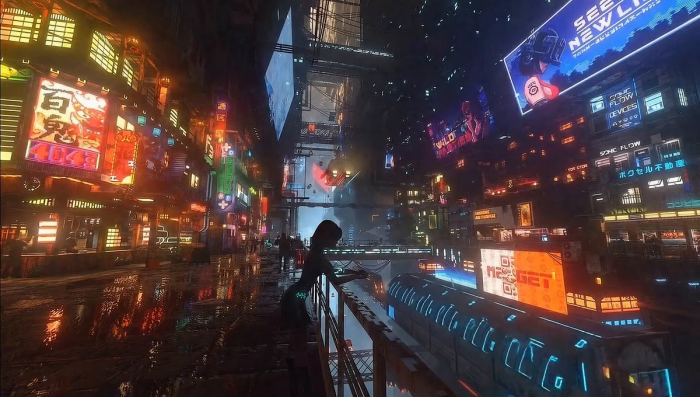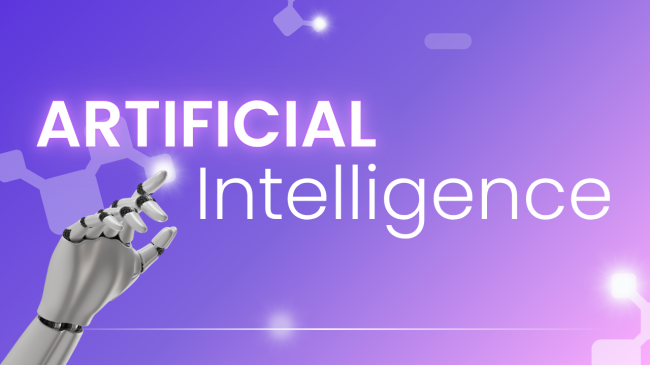A New Frontier in AI Video
Google DeepMind has officially launched Veo 3, the latest version of its video generation model, now with synchronized audio and significantly upgraded visual fidelity. This means users can now generate short, realistic videos with ambient sounds, character dialogue, and cinematic camera motion — all from a text prompt.
Veo 3 is now in public preview on Vertex AI, accessible to developers and enterprise users globally, with a rollout to select Gemini Advanced users via mobile also underway.
What’s New in Veo 3?
- 8-second clips, 720p, 24fps
- Supports text, image, and video prompt inputs
- Adds soundtracks, voice, and ambient noise
- Includes DeepMind SynthID watermarking to verify authenticity
- Available in Vertex AI Studio for public testing
According to Google, brands like Adobe, Canva, and Pencil are already using Veo 3 to automate promotional content and ideation workflows.
Not Just Video — A Glimpse of Games?

The buzz around Veo 3 isn’t just about better videos. It’s about what comes next. During a casual X thread, DeepMind CEO Demis Hassabis responded to a fan suggestion of "playable worlds" with a cryptic, "Wouldn’t that be something?" This comment — paired with reactions from Google's own Gemini team — has sparked widespread speculation.
Google has not confirmed any game development plans linked to Veo 3. However, DeepMind’s work on Genie 2, a separate world-generation model, suggests that interactive simulations may not be far off.
Playable World Models: What Would It Take?
To evolve Veo into a tool that generates playable environments, several breakthroughs would be needed:
- Temporal consistency (so objects remain coherent across frames)
- Physics simulation (so generated worlds behave logically)
- Real-time control (to respond to player input dynamically)
While Veo excels at cinematic generation, these features are hallmarks of game engines, not video tools. Bridging that gap would require hybrid systems — a mix of simulation logic and visual generation, likely drawing from Veo and Genie.
The Bigger Picture: Why This Isn’t Just Hype
Playable world models could:
- Replace or augment traditional game design pipelines
- Automate scene generation in filmmaking and virtual production
- Unlock real-time storytelling driven by prompts and player interaction
And it’s not just Google chasing this. Microsoft, Meta, OpenAI (via Sora), and Runway are all moving toward multimodal generative platforms that blur lines between media, simulation, and interaction.
The Audio Factor: More Than Just a Soundtrack
One underrated innovation in Veo 3 is its coherent audio generation. The model understands not just visuals, but the context: a dog barking in the background, footsteps echoing in a hallway, or a character muttering dialogue. These elements add immersion — critical if Google wants to build toward interactive or game-like applications.
Availability and Access
- Veo 3 is free for limited use via Vertex AI
- Gemini Advanced subscribers can try mobile-based versions
- Enterprise APIs are in preview; Google hasn’t announced public API pricing yet
Bonus: A few platforms like Canva and Adobe are integrating Veo 3 capabilities into internal creative pipelines, suggesting broader adoption ahead.
Risks and Ethical Safeguards
As with all generative video tools, concerns about deepfakes, manipulation, and AI misinformation remain. Google has preemptively embedded SynthID, a digital watermark system that helps platforms and viewers detect whether content was AI-generated.
However, critics argue that tools of this scale could still be misused — especially once open-source clones appear.
What Industry Experts Are Saying
- TechCrunch calls Veo 3 a possible “gateway to simulated reality.”
- Wired notes that real-time interaction remains “years away, but closer than ever.”
- Developers on Reddit are already proposing architecture for playable Veo-generated environments using memory caches or hybrid rendering stacks.
Final Take: Vision or Vapor?
Veo 3 is a leap forward in multimodal AI — one of the few tools today that merges prompt-based video, sound, and motion into a cohesive package. Whether it evolves into the foundation of a "playable world engine" remains to be seen.
But one thing is clear: Google is not just thinking in frames anymore. It's thinking in worlds.
Post Comment
Recent Comments
Emily Parker
Jul 8, 2025I’ve been using Veo 3 for content creation, and it has completely revolutionized the way I approach video production. The tool’s ability to generate realistic videos with synchronized audio is a huge time-saver. As someone who isn't an expert in video editing, I’m amazed at how easy it is to create high-quality content with just a few simple prompts.






Jennifer Adams
Jul 8, 2025As a content marketer, I'm always on the lookout for tools that help me create engaging and dynamic content quickly. Veo 3 has become a key part of my workflow. I used it to create a promotional video, and the result was beyond my expectations. The synchronized audio feature is fantastic, and it really made the video feel like a professional production.